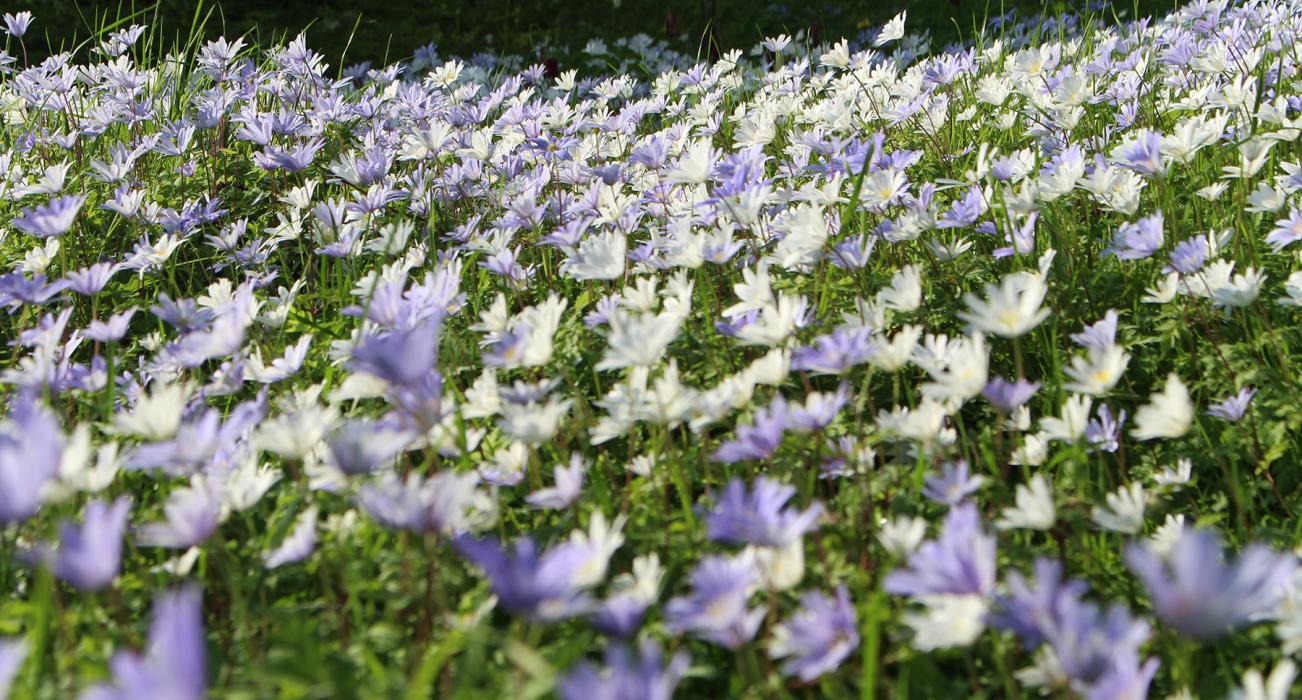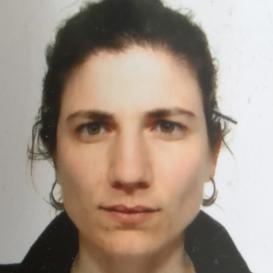Research Interests
- Quaternary
- Archaeology
- Lithic Technology
- Stone Age
- Prehistory
- Experimental Archaeology


Dr Dr Paloma de la Peña Alonso is Senior Researcher Evolutionary Studies Institute (University of the Witwatersrand, South Africa) & Research Associate - Pouroulis Family Foundation Fellowship in African Quaternary Archaeology and Hominin Palaeoecology. McDonald Institute for Archaeological Research (University of Cambridge).
In 2011 I received my doctorate entitled: On the Gravettian technology unit in the Iberian Peninsula: implications for understanding the Early Upper Paleolithic (PhD award from Universidad Complutense de Madrid, 2011). I have been based at the University of the Witwatersrand since July 2012 as a Posdoctoral Researcher at the Evolutionary Studies Institute; and since January 2018 as Researcher, conducting research on Middle Stone Age lithic technology and field work. I have extensive experience in field work related to the Quaternary period, on both prospections surveys as well as excavations in Spain and South Africa. I have directed and published the excavation of El Palomar (Early Upper Paleolithic), Mwulu’s Cave (Middle Stone Age site), Marshill (Middle Stone Age site) and, the last two years I have directed prospection surveys in the North of Eastern Cape (South Africa). I collaborate as fieldwork researcher and lithic technology specialist in Gargas, Steekbonfontein, Olieboomspoort and Border Cave.
2020 - ongoing
Senior Researcher. Evolutionary Studies Institute (University of the Witwatersrand, South Africa) & Research Associate - Pouroulis Family Foundation Fellowship in African Quaternary Archaeology and Hominin Palaeoecology. McDonald Institute for Archaeological Research (University of Cambridge).
2018-2020
Researcher at the Evolutionary Studies Institute. University of the Witwatersrand.
2016-2018
Honorary Research Fellow in the School of Geography, Archaeology and Environmental Studies. University of the Witwatersrand.
2012-2018
Post-doc at the Evolutionary Studies Institute, University of the Witwatersrand, South Africa. Host: Prof. Lyn Wadley.
2011
PhD in the Department of Prehistory, Universidad Complutense de Madrid. Entitled: Sobre la unidad tecnológica del Gravetiense en la Península Ibérica: implicaciones para el conocimiento del Paleolítico Superior inicial. Sobresaliente cum laude. (Highest rate with mention)
2007
Postgraduate in Prehistory (Diploma de estudios avanzados) in the Department of Prehistory, Universidad Complutense de Madrid. Masters thesis: Revisión crítica del Paleolítico Superior inicial en la Península Ibérica. (Highest rate).
2000-2005
Bachelor in History with specialization in Prehistory, Ancient History and Anthropology (5 years degree). Universidad Complutense de Madrid, Spain.
I am a Senior Researcher at the University of the Witwatersrand and Senior Research Associate of the University of Cambridge. I lead research on Stone Age Archaeology and lithic technologys. I have published 51 research articles (40 papers and 11 book chapters, being 35 of them Q1) on Early Upper Paleolithic, Middle Stone Age Archaeology, and lithic technology.
Currently, I am the principal investigator of two projects on Middle Stone Age Archaeology of Southern Africa funded by the National Research Foundation of South Africa and the Paleontological Scientific Trust (‘Understanding the variability of the Pietersburg Industries: a comparative analysis of Middle Stone Age sites from different South African biomes and Piedemonte Project: Between the Maloti-Drakensberg and the Great escarpment). In these two projects I am the Principal investigator and I collaborate with several international scholars from different disciplines related to Archaeology from different research institutions in Australia, USA, France, UK, Argentina, Spain and South Africa.
The main line of research that I have followed since the beginning of my scientific career is to understand Final Pleistocene cultural behaviour and variability in Prehistory through the study of lithic remains and field-based excavation multidisciplinary projects. The two main scenarios where I have worked are the Early Upper Paleolithic in the Iberian Peninsula and the Middle Stone Age of southern Africa.
For my doctoral dissertation, I analysed the lithic technology variability of the so-called Gravettian industries of the Iberian Peninsula. I wanted to test whether the different industries assigned under the term ‘Gravettian’ resist their uniformity as a putatively cultural entity. In other words, I challenged the idea that the so-called Gravettian culture represents a monolithic expression of the Upper Palaeolithic. In my dissertation, I applied lithic technology methodologies, experimental archaeology, and macro use-wear analyses.
Since 2012 I have developed different research projects in order to describe the lithic technological variability of the Howiesons Poort (a technocomplex within the Middle Stone Age of Southern Africa). My main research focus has been on developing a technological approach and exploring specifically the lithic-technological definition of Howiesons Poort. In my different contributions I have described a new type of bifacial points in quartz, new knapping methods for different rock types (such as prismatic blade production or core on flakes), and strategies of microlithism (such as bipolar knapping and bladelet production). In this line of research, I have applied: lithic technology methodologies, experimental archaeology, and use-wear analyses.
Besides my current field-based projects, I am developing different lines of research dealing with lithic technology, functional analyses, and experimental Archaeology (such as my experiments dealing with microlithism, crystal quartz and the evolution of backed pieces).
Member of the Southern Africa Association of Archaeology (ASAPA) since 2012.
Member of the speleological association and NGO Guias de Espeleología y montaña (Spain) since 2001.
Howiesons Poort
de la Peña, P
Oxford Research Encyclopaedia of Anthropology. Ed. S. Chirikure 2020
Dating on its own cannot resolve hominin occupation patterns.
de la Peña, P.
Nature Ecology and Evolution
https://doi.org/10.1038/s41559-019-0886-2
Towards a History of Archaeology from South Africa.
Delmas, A.; de la Peña, P.
Goodwin Series (Vol.12) South African Archaeological Bulletin.
Revisiting Mwulu’s Cave: New insigths into the Middle Stone Age in the southern African savanna biome.
de la Peña, P.; Val, A.; Stratford, D.; Esteban, I.; Fitchett, J.; Matembo, J.; Moll, R.; Hodsgkiss, T.; Colino, F.
Archaeological and Anthropological Sciences 2019
https://doi.org/10.1007/s12520-018-0749-9*
A techno-functional perspective on quartz micro-notches in Sibudu’s Howiesons Poort reveals the use of barbs in hunting technology.
de la Peña, P., Taipale, N.; Wadley, L., Rots, V.
Journal of Archaeological Science. 2018, 93:166-195.
https://doi.org/10.1016/j.jas.2018.03.001*
Technological variability at Sibudu Cave: The end of Howiesons Poort and reduced mobility strategies after 62,000 years ago.
de la Peña, P., Wadley, L.
PloS One. 2017 Oct 5;12(10):e0185845.
https://doi.org/10.1371/journal.pone.0185845.
The Interpretation of Bipolar Knapping in African Stone Age Studies.
de la Peña, P.
Current Anthropology, 2015, 56 (6):911-923.
Refining Our Understanding of Howiesons Poort Lithic Technology: The Evidence from Grey Rocky Layer in Sibudu Cave (KwaZulu-Natal, South Africa)
de la Peña, P.
PLoS ONE, 2015, 10(12):e0143451.
doi:10.1371/journal.pone.0143451.*
The beginning of the Upper Paleolithic in the Baetic Mountain area (Spain)
de la Peña, P.
Quaternary International. 2013 318:68-89
http://dx.doi.org/10.1016/j.quaint.2013.08.008.
Sobre la identificación macroscópica de las piezas astilladas: propuesta experimental
de la Peña, P.
Trabajos de Prehistoria, 2011 68:(1): 79-98.